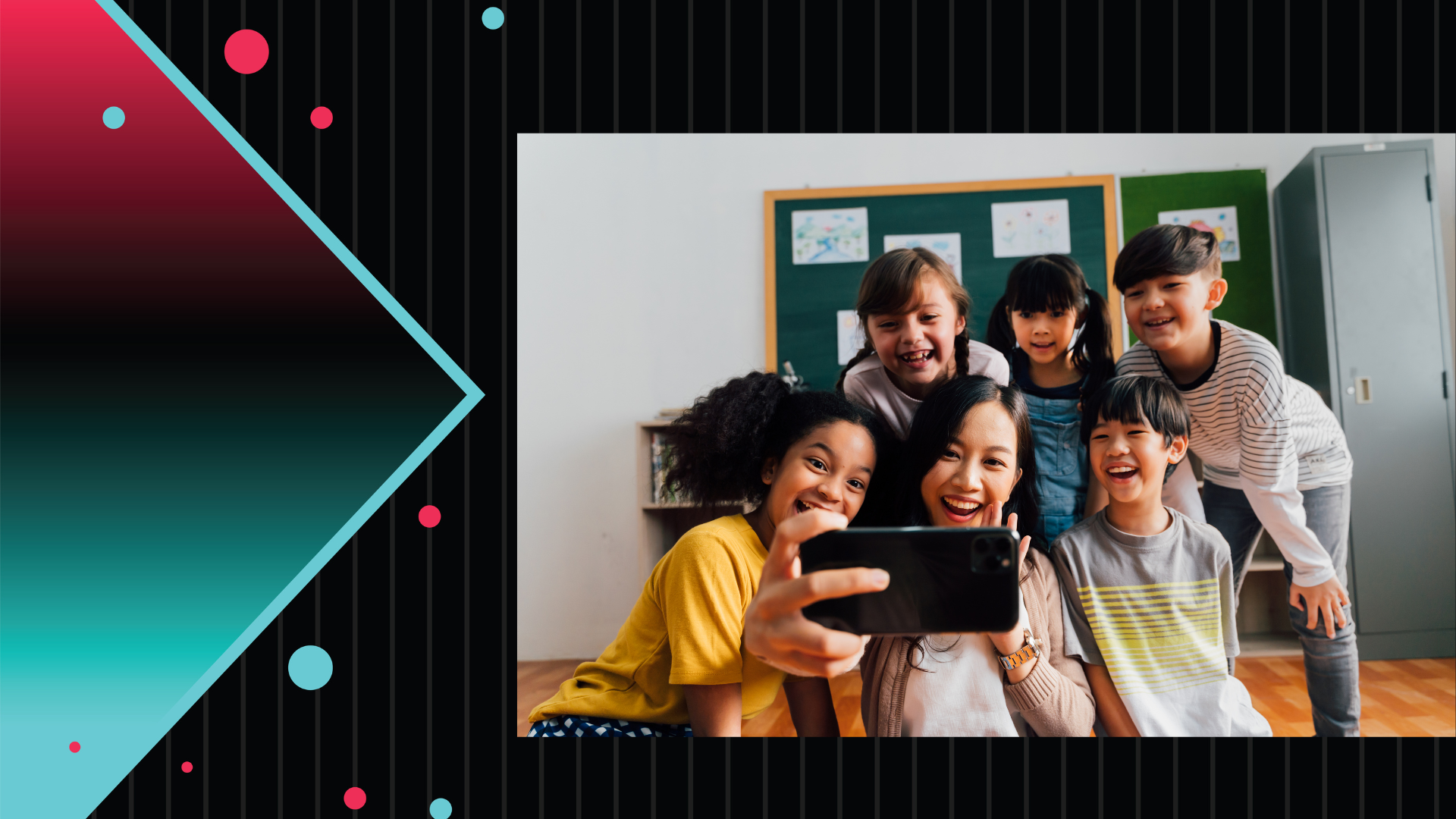In the ever-evolving landscape of education, fostering student engagement and active participation has become a top priority for teachers. As we seek innovative ways to make learning not only informative but also enjoyable, the power of social media as an incentive-based tool comes into focus. Today, we’ll explore a unique approach that turns the tables, where students collaborate with teachers to create funny and engaging content for social media platforms. Let’s delve into how this collaborative model can drive enthusiasm and interaction within the classroom.
Empowering Students through Collaboration
One of the key strengths of education is the ability to adapt and innovate continually. As we navigate the digital era, it is essential for educators to harness the technological prowess and creativity of our students. A novel approach that holds immense promise is allowing students to be co-creators in the production of teacher social media content.
The Incentive-Based Model
To put this into practice, teachers can establish an incentive-based system where students earn points for their engagement and contributions in the classroom. These points can be accumulated and later redeemed for the unique opportunity to participate in the creation of humorous teacher videos. These videos can range from light-hearted skits, behind-the-scenes content, or even short educational parodies, all with the aim of making learning more enjoyable and relatable.
Earning Engagement Points
Teachers can award points to students for activities such as:
- Active participation in class discussions and group activities.
- Demonstrating exceptional creativity or problem-solving skills.
- Assisting fellow students in understanding complex topics.
- Achieving academic milestones or meeting personal learning goals.
By rewarding these actions, educators can motivate their students to actively participate and excel in the learning process.
Student-Driven Content Creation
The heart of this approach lies in allowing students to contribute to teacher-generated content for social media. Once students accumulate a set number of points, they can join the creative process and become a part of a fun and engaging teacher video. This not only empowers students but also ensures that the content created is relevant and appealing to their peers.
Benefits of this Collaborative Approach
- Increased Student Engagement: By allowing students to actively contribute to teacher content, enthusiasm and participation in the learning process are significantly enhanced.
- Student Empowerment: Students gain a sense of ownership and responsibility in the classroom, nurturing a more inclusive and cooperative learning environment.
- Tailored Content: When students play a role in content creation, the materials produced resonate more deeply with their peers, making the learning experience both relevant and enjoyable.
- Fostering Creativity and Collaboration: Encouraging students to participate in content creation nurtures creativity, problem-solving, and teamwork, vital skills for the modern world.
Challenges and Considerations
While this approach holds much promise, careful consideration must be given to privacy, security, and the guidelines that govern social media usage in the educational setting. Establishing clear expectations and boundaries is crucial to ensure a safe and productive learning environment.
Incorporating students as co-creators of teacher social media videos is a progressive approach that transcends the conventional boundaries of education. It empowers students, fosters active participation, and produces content that resonates with their peers. By embracing innovative methods like this, teachers can bridge the gap between traditional learning and the digital age, creating a dynamic and engaging educational experience. So, why not explore the potential of student-teacher collaboration in content creation and unlock a new dimension of learning in your classroom?



